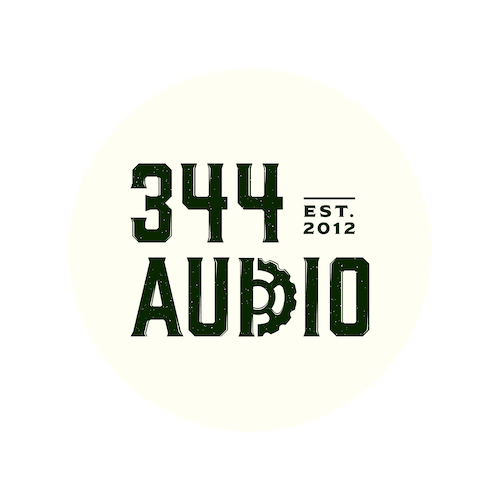


Ryan Lott is a composer, songwriter, and the band leader of Son Lux. As a composer, he’s worked with dance companies like Ballet de Lorraine, National Dance Company of Wales, and BalletX, and his film scores and arrangements include The Disappearance of Eleanor Rigby (2014), Paper Towns (2015), Mean Dreams (2017), Looper (2012), and most recently, Everything Everywhere All at Once (2022).
In his new online course for Soundfly, Ryan Lott: Designing Sample-Based Instruments, Ryan shares an incredible amount of detailed insight with regards to his sound and instrument design process, and how he captures original tonal and textural sounds to create custom, virtual, playable instruments which he then uses to build the foundations for his songs, film and dance scores, and audio-visual live shows.
More than anything, Ryan’s process reflects the endless possibilities inherent to using sound design as the starting place for “musical” composition, as opposed to the assumption held by so many producers that sound design exists solely as an additive, supplemental element to an audio production or film treatment already in progress.
Today we have the honor of sharing with you a newly released video from Ryan’s course, courtesy of Soundfly, that explores which elements he prepares for in creating new sounds and which he leaves up to chance; as well as how he mediates between those mindsets in practice.
Enjoy this exclusive video below, and if you’d like to check out the rest of Ryan Lott’s full online course, you can take 15% off your subscription courtesy of us! Just head here to sign up for Soundfly and use the following promo code at checkout: 344AUDIO
The practice of designing virtual instruments allows for so much discovery and introspection — two things that can lead to significant artistic growth. One good way to tap into that is to articulate a creative theory early on, and then prod or test it throughout your process, taking the time to reflect on the ways in which your expectations are met or the things that surprise you.
In this segment of the course, Ryan’s hunch is that if he can record three variations on the same piano note (we see him capture these notes in another lesson in his course), through sampling he’ll be able to turn that into a “wavering pitch” phenomenon, giving his virtual sample a lilting, emotive quality.
In the above video, as we see him play the pitch back in a chord dyad, you can really hear that emotionality come to life. Ryan describes the effect as almost like the sound is searching.
There’s so much information just in that single sound.
Ryan also talks about how making an instrument using a sample can be a “surreal experience,” because it involves listening to and then re-contextualizing an already played performance; with all its quirks and asymmetries intact.
You're essentially creating a new way to perform an existing performance, which is an awesome thought. You're able to respond to your original performance as a performer, creating opportunities for serendipity to occur.
Ryan says one of his goals in designing sample-based instruments is not only to have something that responds actively to him, but that he can respond to as well. For him, “imbuing chance into your programming is the key to that.”
When you layer that contour with itself, playing back at a different speed, you’re inevitably getting a lot of chance interaction. There’s an ongoing variability.
In another instance within this video, Ryan shows us how something small and unintended can become a source of sonic inspiration. He takes a closer look at a “squeak sound” that was achieved by accident on one of the piano’s strings during recording.
Because this sound is made of such a high frequency tone, we see him work through a hunch that playing it back at a slower speed might reveal something “invisible” hiding within the sound itself. Ryan prints the .wav file and imports it into Kontakt, mapping it up to C7 so he can utilize the lower registers of the keyboard to unveil what’s hiding inside the sample sonically.
Upon playing it back we see him visually excited to discover that the resulting sample produces a windy, breathing flute-like synth tone, which he describes immediately as “a rainy sound.”
This tiny experiment proves that even a veteran producer or sound designer as experienced as Ryan Lott can be delighted and surprised to discover totally new and unheard sounds, time and time again, by relying on chance encounters in his process and making sure to embrace happy accidents with an open-minded approach.
For even more insightful lessons and unique videos exploring composition and sound design, head over to Ryan Lott: Designing Sample-Based Instruments. And be sure to use our exclusive promo code for 15% off the cost of a monthly or annual subscription to Soundfly. Simply sign up here and use promo code 344AUDIO at checkout.
We hope you enjoyed checking out this article!

344 Audio is an Audio Post Production Company in Manchester.
If you enjoyed this post, discover our Ultimate Guide to Audio Post-Production.
Curious to hear our work? Listen to our portfolio.
Keen to learn more about Foley? Explore our Creative Foley Workshop.
Eager to learn more about Audio Post and Sound Design? Explore our Audio Post Essentials Course.
We also have Pro Tools templates and sound effects available for purchase.